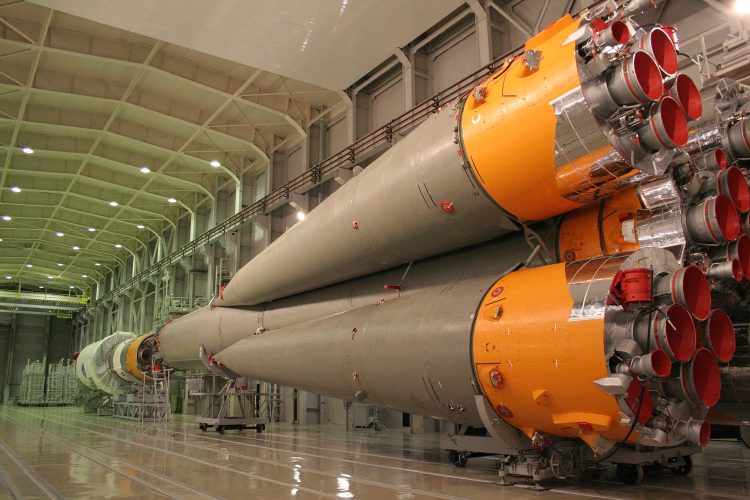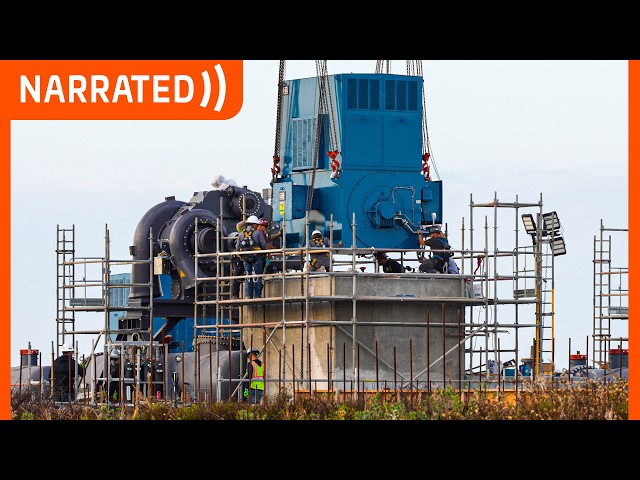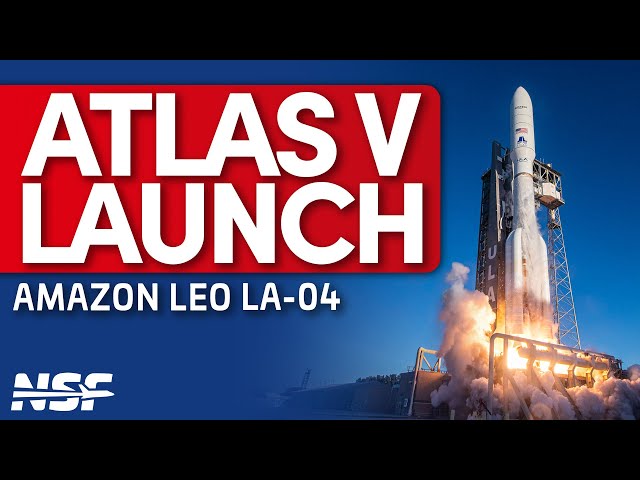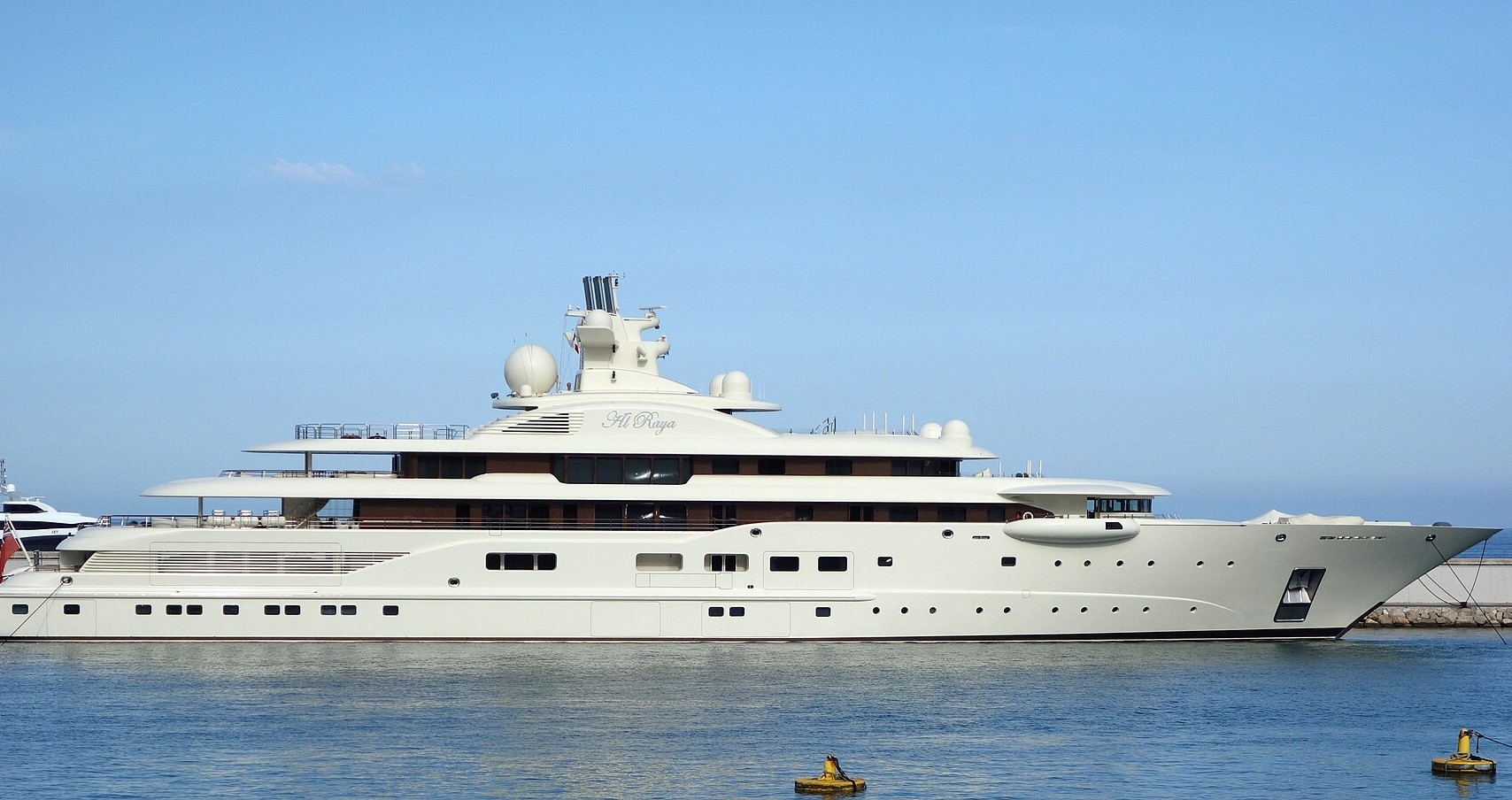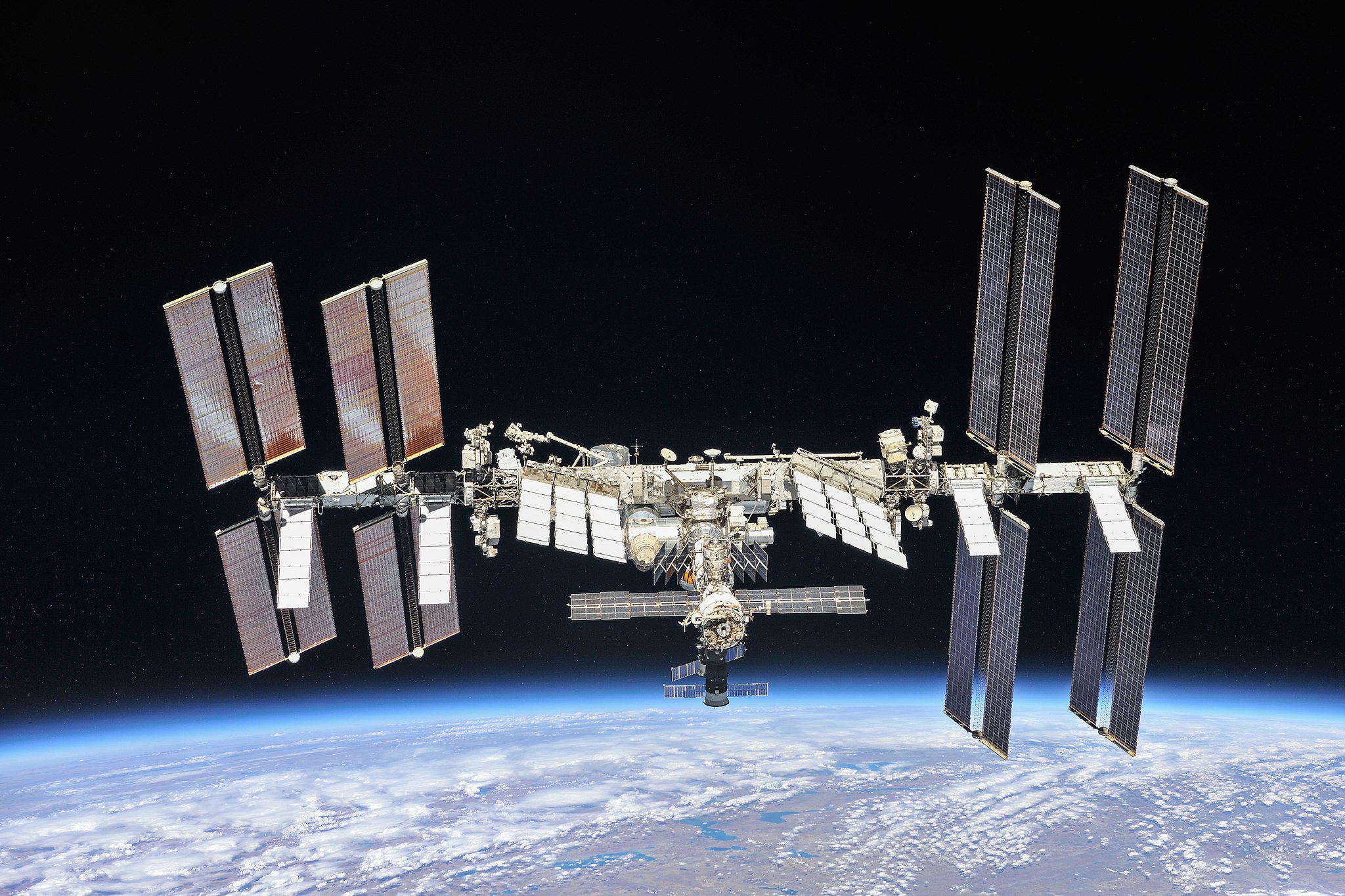Soyuz 2: The Workhorse of Human Spaceflight
Soyuz 2 is a family of Russian spacecraft that has been the workhorse of human spaceflight for over half a century. Developed by the Soviet Union in the 1960s as part of the Soyuz program, the Soyuz 2 spacecraft has become one of the most reliable and versatile vehicles for transporting astronauts and cosmonauts to and from space.
The original Soyuz spacecraft, known as Soyuz 1, had a tragic maiden flight in 1967 when the vehicle malfunctioned during reentry, resulting in the death of its sole occupant, cosmonaut Vladimir Komarov. This incident led to a redesign of the Soyuz spacecraft, leading to the creation of the Soyuz 2.
Specifications
| Launch mass | 7,220 kg |
|---|---|
| Power | Solar panels and batteries |
| Crew capacity | 3 |
| Length | 6.98 m |
| Diameter | 2.72 m |
The Soyuz 2 spacecraft consists of three modules: the Orbital Module, the Descent Module, and the Instrumentation/Propulsion Module. The Orbital Module provides living space for the crew during their stay in orbit, while the Descent Module is designed to safely return the crew to Earth. The Instrumentation/Propulsion Module houses the spacecraft’s propulsion system and other essential equipment.
One of the key features of the Soyuz 2 spacecraft is its ability to dock with other spacecraft and space stations. This makes it a crucial vehicle for crew rotations and resupply missions to the International Space Station (ISS). The Soyuz 2 has been the primary means of transportation for astronauts and cosmonauts to and from the ISS since the retirement of the Space Shuttle.
Flight Profile
The Soyuz 2 spacecraft typically launches from the Baikonur Cosmodrome in Kazakhstan using a Soyuz rocket. The launch vehicle consists of three stages, with the Soyuz 2 spacecraft sitting on top of the rocket. The first stage, known as the Soyuz-FG, provides the initial thrust to propel the vehicle off the launch pad. After the first stage is depleted, it is jettisoned, and the second stage takes over. Finally, the third stage, known as the Soyuz-2-1a, completes the ascent into orbit.
Once in space, the Soyuz 2 spacecraft maneuvers to catch up with the ISS. The spacecraft autonomously docks with the space station using a navigation system and a series of precise maneuvers. After a successful docking, the crew can transfer to the ISS, and the Soyuz 2 becomes a temporary home for any crew members returning to Earth.
The return journey of the Soyuz 2 spacecraft involves the deorbit burn, which slows down the vehicle and initiates reentry into the Earth’s atmosphere. The Descent Module is designed to withstand the intense heat generated during reentry, protecting the crew from the extreme temperatures. As the spacecraft descends, parachutes are deployed to slow down the descent further. Finally, the landing engines fire just before touchdown to soften the landing impact.
Conclusion
The Soyuz 2 spacecraft has proven to be a reliable and efficient vehicle for human spaceflight. Its long and successful operational history is a testament to its capabilities and the expertise of the Russian space program. With ongoing upgrades and enhancements, the Soyuz 2 will continue to play a vital role in transporting astronauts and cosmonauts to and from space, ensuring the continued exploration and utilization of the International Space Station.
